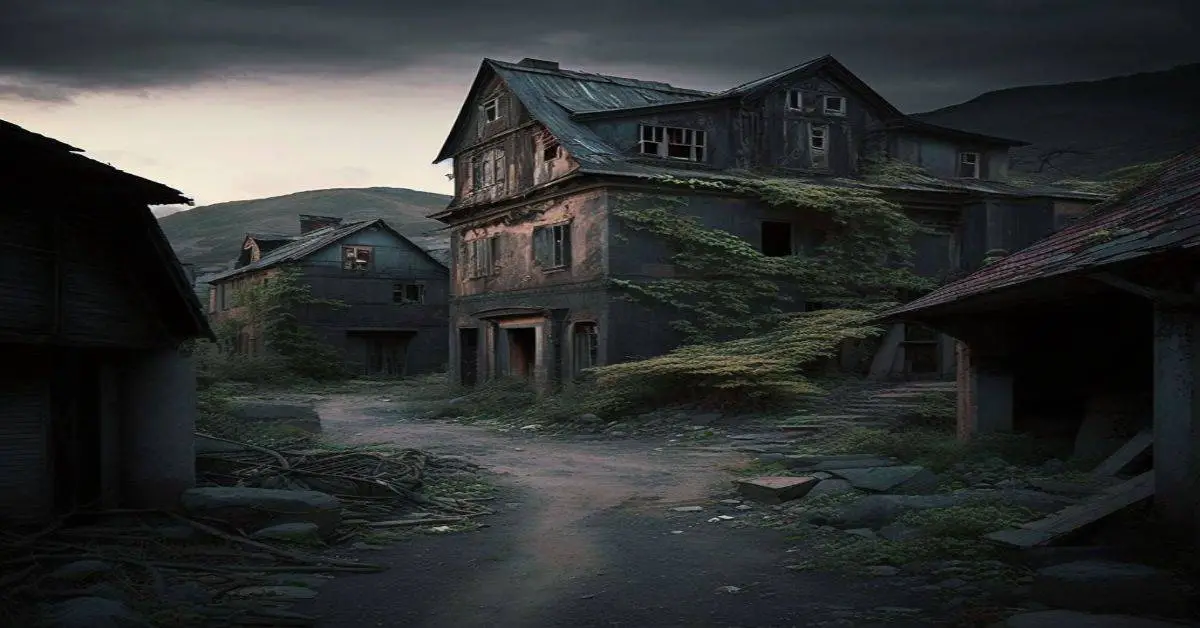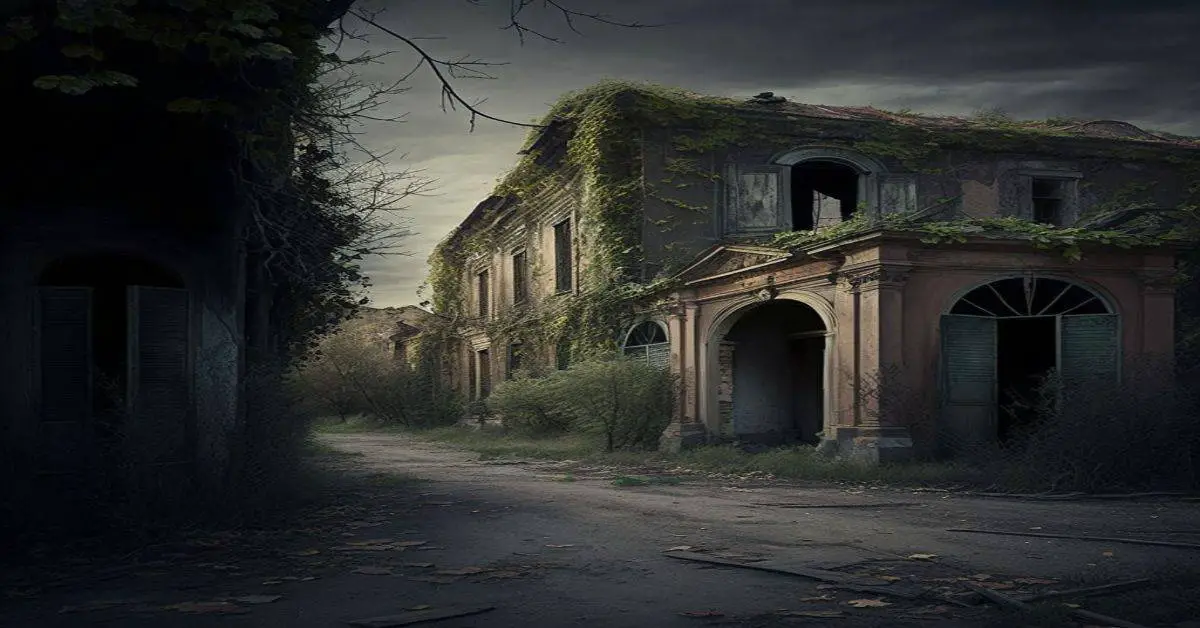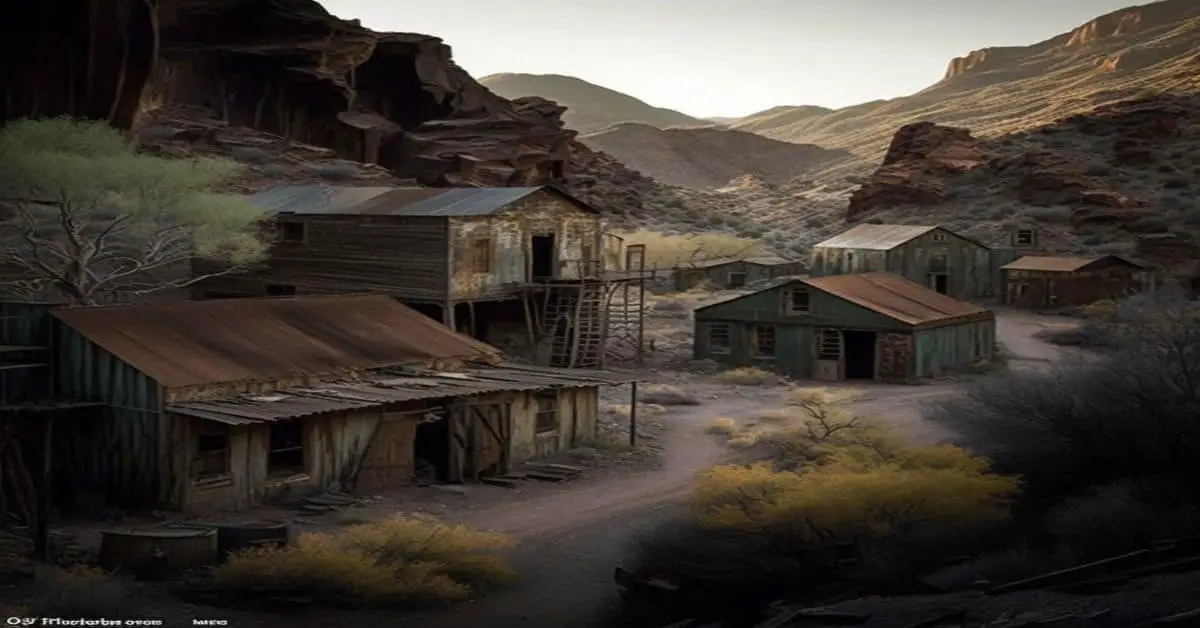As the sun sets over the vast expanse of Wyoming, the shadows of history begin to stir. Among the most fascinating of these stories is that of Fort Bridger, a once-thriving settlement founded in 1843 by Jim Bridger and Louis Vasquez.
This fort played a critical role in the expansion of the American West, serving as a critical stopping point for pioneers traveling the Oregon Trail. Today, visitors can explore the remnants of this Wild West history, including restored historic buildings and a museum, and attend the annual Mountainmen rendezvous on Labor Day weekend.
The history of Fort Bridger is a tale of conflict and occupation, reflecting the complex and often violent interactions between the United States government, the Mormons, and Native American tribes. Despite these challenges, the fort remained an important hub of trade and commerce, attracting pioneers and adventurers worldwide.
Today, it stands as a testament to the resilience and determination of those who came before us, offering a glimpse into the rich and diverse history of the American West. Join us as we journey back in time to discover Fort Bridger, Wyoming’s fascinating and often overlooked history.
Key Takeaways
- Fort Bridger played a crucial role in the American West’s expansion by serving as a stopping point for pioneers traveling the Oregon Trail.
- The fort was also used as a trading post for trappers and traders in the region.
- The conflict between the Mormons and the government over land ownership and control led to U.S. troops’ occupation of Fort Bridger, resulting in significant changes to the site.
- Visitors can explore the restored historic buildings, learn about the fort’s role in the Wild West’s development, and enjoy outdoor recreation opportunities.
Establishment and Importance
Fort Bridger was established in 1843 by Jim Bridger and Louis Vasquez, and quickly became one of the most important stops on the Oregon Trail for pioneers heading west. Early settlers relied on the fort for supplies, repairs, and medical attention during their grueling journey to the Pacific coast.
Fort Bridger also served as a trading post for trappers and traders in the region, providing a vital link between the Rocky Mountains and the Great Plains. The fort’s strategic location made it a crucial hub of activity during the United States’ westward expansion.
As the number of settlers increased, so did the demand for goods and services at Fort Bridger. The fort’s success attracted the attention of Brigham Young and the Mormon pioneers, who purchased it in 1855 and used it as a base for their westward migration.
Despite its turbulent history of conflict with the US government, Fort Bridger remains an important landmark of the American West, a testament to the courage and determination of the early pioneers who blazed a trail to a new frontier.
Conflicts and Occupation
During the mid-19th century, the site of a trading post established by Jim Bridger and Louis Vasquez became a source of conflict between the Mormons and the United States government. The Mormons purchased Fort Bridger in 1855, which led to disagreements with the government over land ownership and control. In 1857, tensions escalated, and the fort and some buildings were burned down.
The conflict resulted in the occupation of Fort Bridger by U.S. troops, who built many buildings during their stay. Today, a number of original buildings from 1858 through 1890 still stand, serving as a reminder of the conflicts that once occurred at Fort Bridger.
The army occupation of Fort Bridger brought about significant changes to the site. The troops built several buildings, including barracks, a hospital, and officer quarters, which still stand today. The occupation also began Fort Bridger’s use as a stage stop for the Pony Express and Overland Stage routes.
Despite the fort’s turbulent past, the historic buildings that survived the conflicts provide a glimpse into the site’s rich history. Visitors to Fort Bridger can explore the buildings and learn about the fort’s role in the Wild West’s development, including the conflicts that led to its army occupation and the burning of buildings.
Modern Attractions
Today, Fort Bridger offers visitors a chance to step back in time and explore the restored historic buildings of this Wyoming ghost town. The fort’s museum provides a glimpse into the daily life of the early settlers and the conflicts that shaped the region. Visitors can also enjoy picnic areas and outdoor recreation opportunities, such as hiking and fishing, in the surrounding area.
In addition to the museum and outdoor recreation, Fort Bridger hosts a number of events throughout the year. One of the most popular is the Mountainmen Rendezvous, held on Labor Day weekend. This event brings together reenactors from across the country to celebrate the history and culture of the mountain men who once roamed the area. Other events include living history demonstrations, music festivals, and craft fairs.
Whether you’re a history buff or simply looking for a unique experience, Fort Bridger offers something for everyone.
“Fort Bridger State Historic Site maintains and interprets historic structures and remnants from its 5 eras of occupation which include the Mountain Men, Mormons, Military, Milkbarn/ Motel and Museum. The site also interprets the many trails that came through Fort Bridger including the Oregon Trail, California Trail, Mormon Pioneer Trail, Pony Express Trail, Overland Trail, Cherokee Trail and Lincoln Highway. The fort is not far off the interstate and is a great place to stop, relax and learn our history.”
https://wyoparks.wyo.gov/index.php/places-to-go/fort-bridger
Frequently Asked Questions
What was the daily life like for those living and working at Fort Bridger during its occupation by U.S. troops?
During the occupation of Fort Bridger by U.S. troops, daily routines were regimented and included drills, maintenance of equipment and facilities, and guard duty. Social dynamics were influenced by rank and duty assignments, with officers enjoying greater privileges and authority.
Are there any notable figures or events associated with Fort Bridger’s time as a Pony Express and Overland Stage stop?
Notable figures associated with Fort Bridger as a Pony Express and Overland Stage stop include Jack Casement, who established the first Pony Express station there, and William “Wild Bill” Hickok, who worked as a stagecoach driver. Daily life during US troop occupation included drilling, guard duty, and building construction.
How has the landscape surrounding Fort Bridger changed since its establishment in 1843?
The landscape surrounding Fort Bridger has transformed since its establishment in 1843, similar to the growth of a tree. Changes in landscape are due to environmental impact, such as deforestation, grazing, and development.
What role did Fort Bridger play in developing the western United States beyond its importance as a stop on the Oregon Trail?
Fort Bridger played a crucial role in Western development beyond the Oregon Trail, serving as a military outpost and stage stop. Daily life during the U.S. occupation included building structures and establishing communication and transportation networks.
Have any paranormal or supernatural events been reported at or around Fort Bridger?
No reported paranormal activity or ghost sightings at or around Fort Bridger. The historical site only offers a museum and a few restored buildings.


